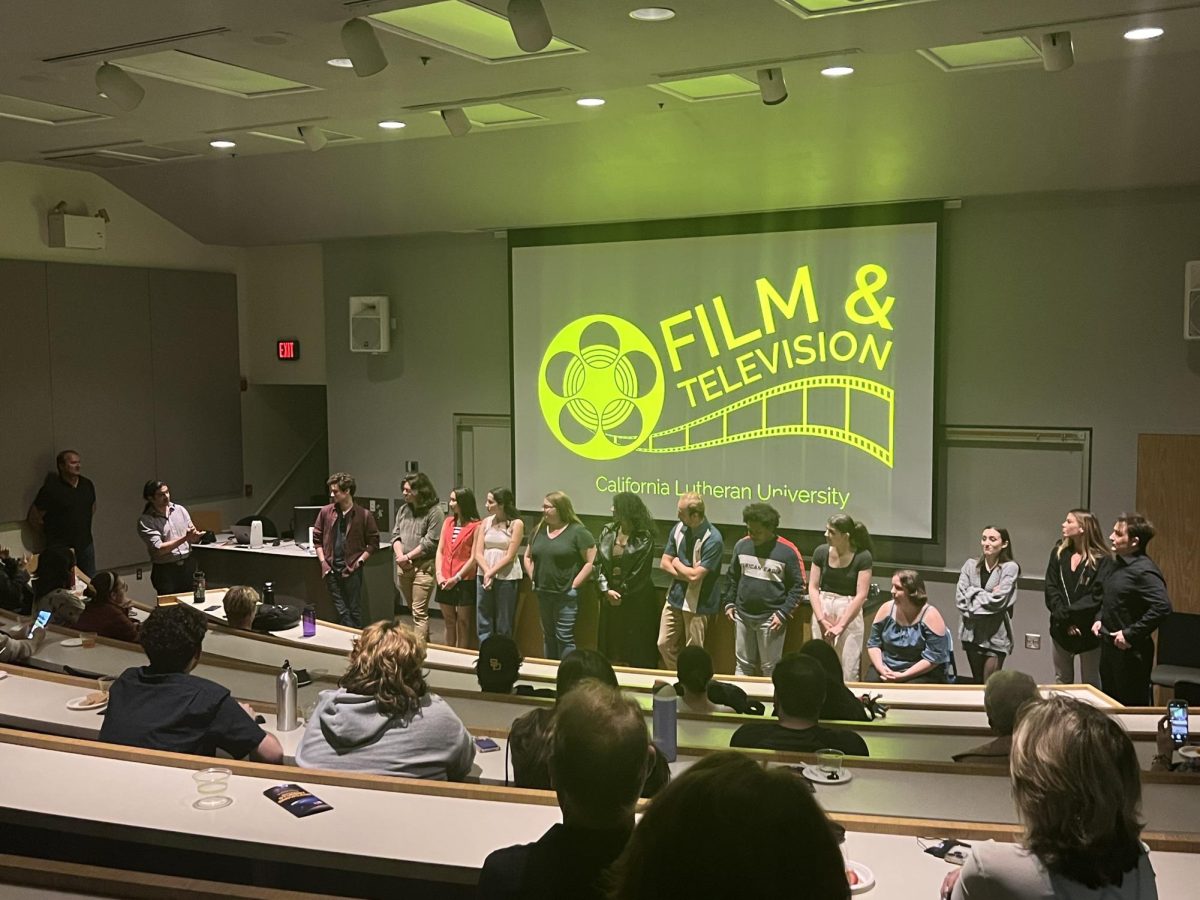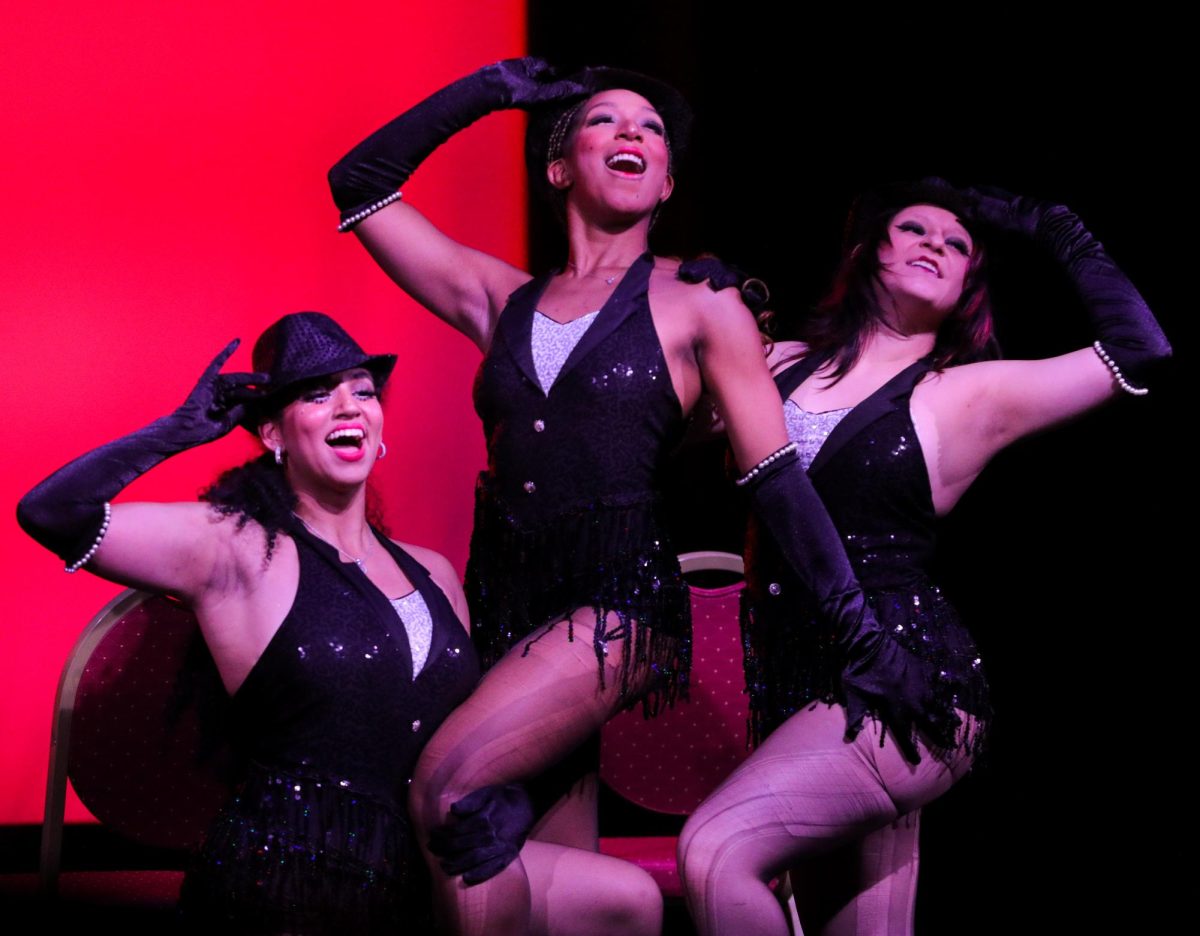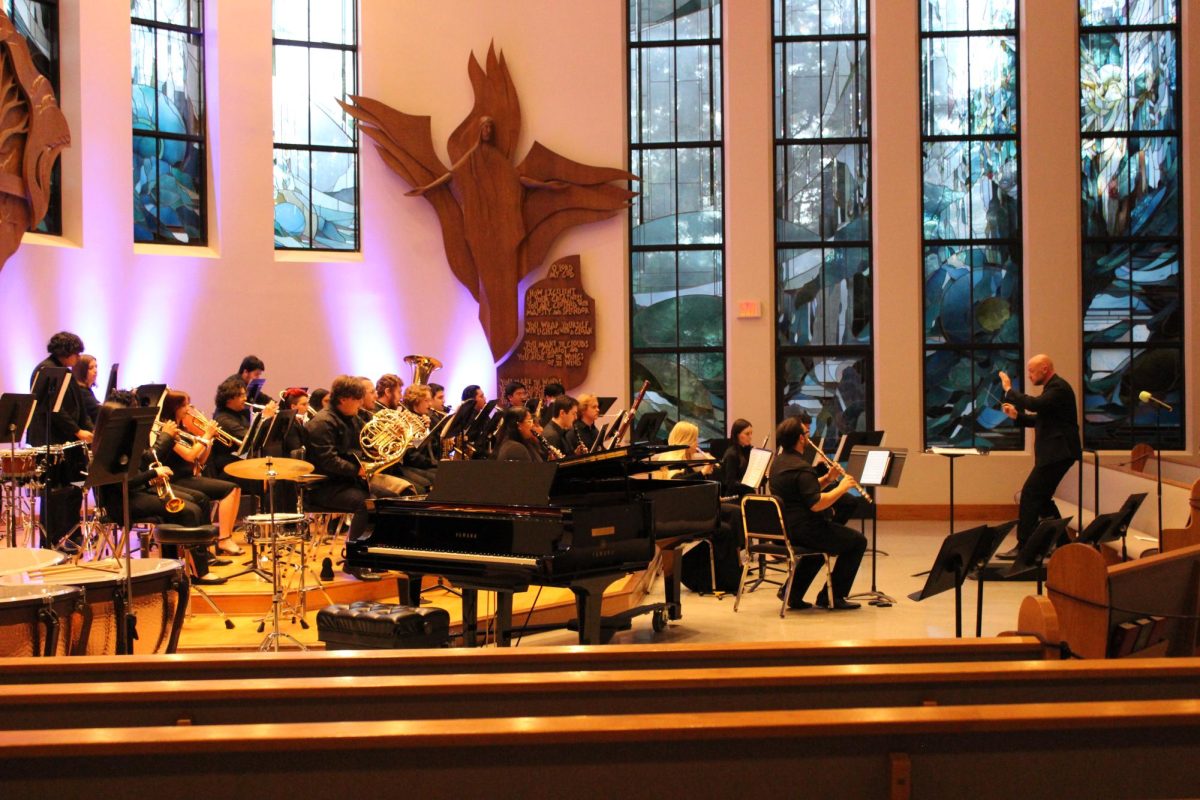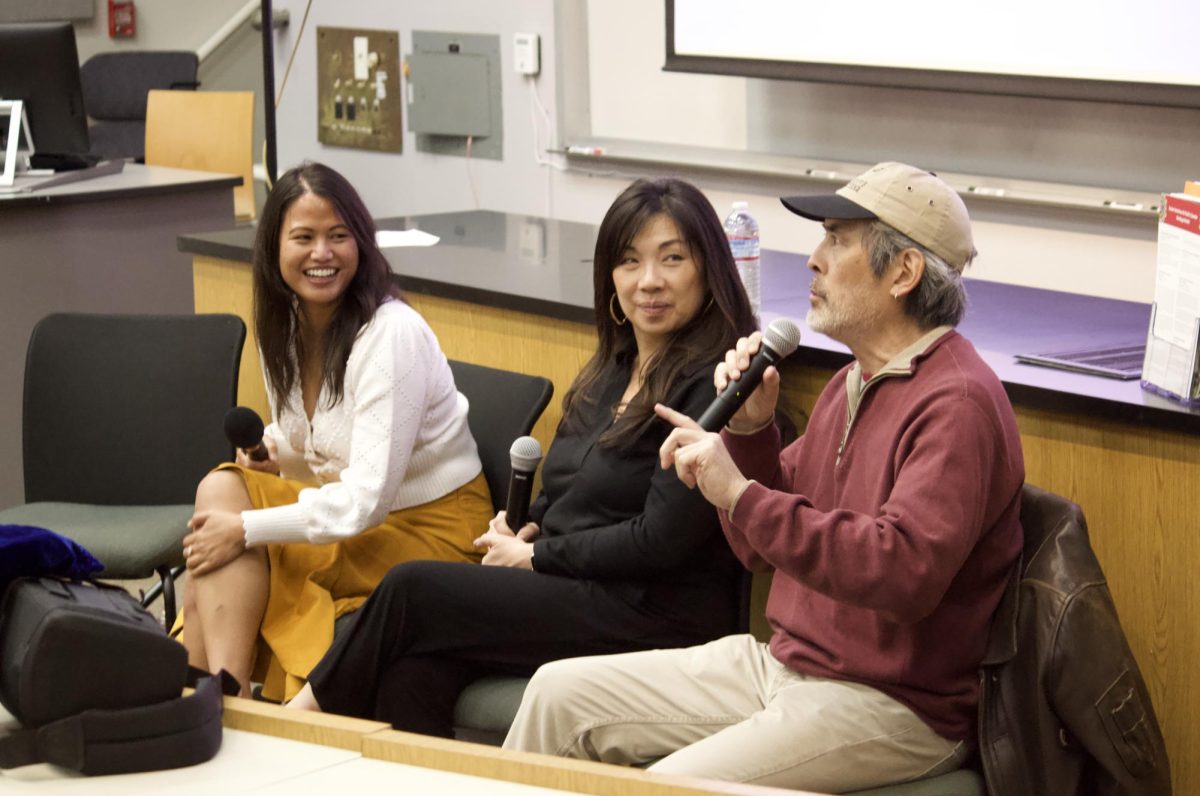
International photographer Mihaela Noroc has recently been placed in the spotlight for her long-term project, “The Atlas of Beauty.” The project is an attempt to catalog the wealth of beauty in women from around the world and currently includes photos of women from 37 different countries.
But despite Noroc’s assertion in a recent press release that it’s not about weight, cosmetics or social status, the women she chose to photograph are mainly light skinned, thin and have similar face shapes. The diversity she claims is the core of her project can really only be seen in their dress.
Scientific studies have shown there might be a natural phenomenon explaining why she chose similar-looking women. In the article “Attractive Faces are Only Average,” psychologists at the University of Texas at Austin showed that people found the average face most beautiful. However, this was only true within a culture group, rather than across cultures.
The danger of viewing beauty as an objective trait rather than a subjective one comes when women hold themselves up to an impossible standard. Before Noroc declared her images of women were those that are beautiful from each country, she should have taken a critical look at her own preconceptions of beauty.
“It’s kind of scary that this young woman is going around and deciding who is beautiful and publishing that,” said Senior Director of California Lutheran University Multicultural and International Student Services and Assistant to the President for Diversity and Inclusion, Dr. Juanita Hall. “That’s a harm because a young child from India, from Africa, who looks like their own culture or cultural size and looks at that and looks at something that is unachievable will say ‘I’m not as good.’”
Beauty is a very powerful idea, which makes it all the more vital. When it is discussed, true diversity is included. A better thing would be to begin to move the discussion away from beauty as an essential aspect of identity.
“Your identity is what is defined currently by societal pressures,” said Emily Witt, co-president of the club Feminism Is.
Witt said she believes beauty is, and should be, in the eye of the beholder.
“Our standards of beauty have changed so drastically over time, and there is a danger when we force women to try to conform to societal standards that are constantly evolving,” Witt said.
The importance then becomes finding a new source of identity.
“If we can empower people to discover their identities for themselves, that’s when positive change will happen.” Witt said. “We need to move away from the idea that your identity is defined by how you look.”
Noroc asserts her project’s goal is “to continue and take photos of women from each country of the globe, making ‘The Atlas Of Beauty’ a mirror of our diverse societies and an inspiration for people that try to remain authentic.”
“Global trends make us look and behave the same,” Noroc said, “But we are all beautiful because we are different. I hope my project will remain a witness of my era’s cultures and traditions.”
Noroc’s images may place unrealistic standards of beauty on women and may not be an accurate mirror of our varied cultures, but the spirit behind the project is one of diversity. Embracing the unique traits that create a diverse world is important, both globally and here on campus.
“Studies show there is greater critical thinking that is gained from a diverse student body,” Hall said.
Hall said 42 percent of Cal Lutheran students self-identify as ethnically and racially underrepresented.
There are roughly 500 international students on campus and by encouraging diversity there is “a notable reduction in prejudice,” Hall said.
The best way to facilitate this is when students of different cultures interact in positive situations such as in the classroom or in team sports. The importance is not judging someone by our own standards of beauty but rather, according to Hall, viewing them for their humanity.
In exploring Noroc’s work and the work of others who have studied beauty, I have learned to question my own preconceived notions of worth. I still find myself wanting to say the diversity is beautiful but I stop myself. What do I mean by beautiful?
Diversity is important. Diversity is empowering. Diversity allows us to embrace our unique traits and accept those of others. Diversity is a celebration of cultures coming together.
In the end, I want to thank Noroc for challenging me to think about how diversity and beauty are related and how dangerous defining beauty can be. Even though we have been raised in a culture that worships beauty, it does not need to be an essential aspect of identity. Rather than celebrating beautiful looks, let us shift our attention to the beautiful world around us that is full of amazing cultures and people.
Eliza Roemisch
Staff Writer
Published March 11, 2015








